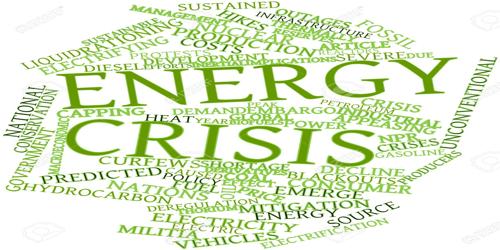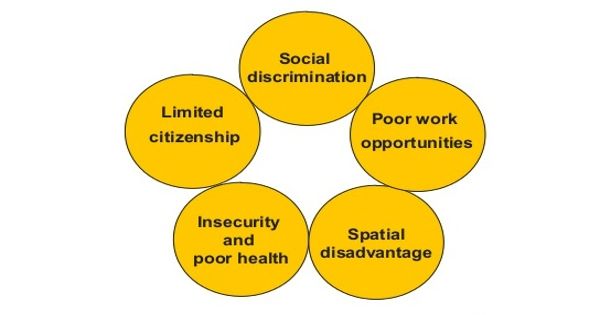Promising Solutions of the Energy Crisis
An energy crisis is any significant bottleneck in the supply of energy resources to an economy. In popular literature, it often refers to one of the energy sources used at a certain time and place, in particular those that supply national electricity grids or those used as fuel in vehicles.
The energy crisis is a broad and complex topic. Most people don’t feel connected to its reality unless the price of gas at the pump goes up or there are lines at the gas station. The energy crisis is something that is ongoing and getting worse, despite many efforts. The reason for this is that there is not a broad understanding of the complex causes and solutions for the energy crisis that will allow for an effort to happen that will resolve it.
The current national debate focuses on many potential solutions including:
- storage technology,
- improved connection between the states,
- earmarking a portion of gas for domestic use only and
- more sophisticated grid management.
The causes of energy shortages include:
- Over-reliance on non renewable energy sources.
- Poor energy infrastructure.
- Some countries siphoning energy off from others.
- Poor energy efficiency.
- Overuse of energy.
Many of the possible solutions are already in place today, but they have not been widely adopted.
Move Towards Renewable Resources: The best possible solution is to reduce the world’s dependence on non-renewable resources and to improve overall conservation efforts. Much of the industrial age was created using fossil fuels, but there is also known technology that uses other types of renewable energies – such as steam, solar and wind. The major concern isn’t so much that we will run out of gas or oil, but that the use of coal is going to continue to pollute the atmosphere and destroy other natural resources in the process of mining the coal that it has to be replaced as an energy source. This isn’t easy as many of the leading industries use coal, not gas or oil, as their primary source of power for manufacturing.
Buy Energy Efficient products: Replace traditional bulbs with CFL’s and LED’s. They use less watts of electricity and last longer. If millions of people across the globe use LED’s and CFL’s for residential and commercial purposes, the demand for energy can go down and an energy crisis can be averted.
Lighting Controls: There are a number of new technologies out there that make lighting controls that much more interesting and they help to save a lot of energy and cash in the long run. Preset lighting controls, slide lighting, touch dimmers, integrated lighting controls are few of the lighting controls that can help to conserve energy and reduce overall lighting costs.
Easier Grid Access: People who use different options to generate power must be given permission to plug into the grid and getting credit for power you feed into it. The hassles of getting credit of supplying surplus power back into the grid should be removed. Apart from that, subsidy on solar panels should be given to encourage more people to explore renewable options.
Energy Simulation: Energy simulation software can be used by big corporates and corporations to redesign building unit and reduce running business energy cost. Engineers, architects and designers could use this design to come with most energy efficient building and reduce carbon footprint.
Perform Energy Audit: Energy audit is a process that helps you to identify the areas where your home or office is losing energy and what steps you can take to improve energy efficiency. Energy audit when done by a professional can help you to reduce your carbon footprint, save energy and money and avoid energy crisis.
Common Stand on Climate Change: Both developed and developing countries should adopt a common stand on climate change. They should focus on reducing greenhouse gas emissions through an effective cross border mechanism. With current population growth and over consumption of resources, the consequences of global warming and climate change cannot be ruled out. Both developed and developing countries must focus on emissions cuts to cut their emission levels to half from current levels by 2050.
There is a potential solution, and possibly only one, to the global energy crisis. It will require a huge investment, several scientific breakthroughs and a little luck. But unless we give it the very highest priority, it will soon be too late.
Information Source:
















